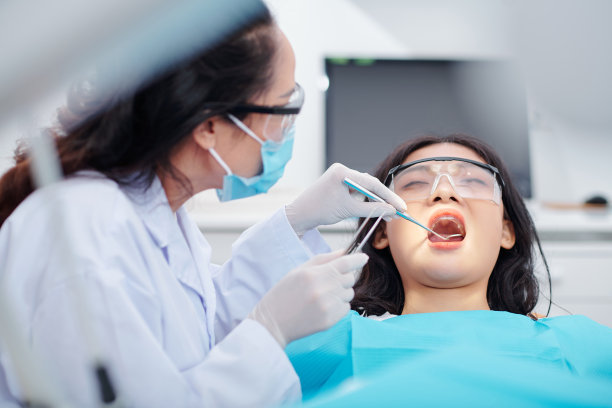A Comprehensive Guide to Extracting a Tooth Safely and Effectively for Optimal Oral Health
Summary: The process of tooth extraction can often be daunting, yet it is a necessary procedure for maintaining optimal oral health. This comprehensive guide highlights essential steps and precautions for safely and effectively extracting a tooth. We will delve into the reasons for tooth extraction, preparation required before the procedure, techniques used during extraction, and essential aftercare measures. Understanding these aspects can help individuals navigate the process confidently and ensure a smoother recovery, leading to enhanced dental well-being.
1. Reasons for Tooth Extraction Explained

Tooth extraction is often considered a last resort in dental care, but there are several compelling reasons why a tooth may need to be removed. One primary reason is severe tooth decay, which can compromise the structural integrity of the tooth and lead to infection. When decay is extensive, restoration may not be feasible, making extraction necessary to alleviate pain and prevent further oral health issues.
Another common reason for extraction is periodontal disease. This condition affects the gums and supporting structures of the teeth, leading to looseness and potential loss of teeth if left untreated. Extracting affected teeth can help control the spread of infection and maintain overall oral health.
Impacted wisdom teeth represent another significant factor for extraction. These molars may become trapped in the jawbone or gums, leading to pain, infection, or other dental complications. In such cases, removal is often deemed essential for both immediate comfort and long-term oral health.
2. Preparing for Tooth Extraction
Preparation is a crucial step before undergoing a tooth extraction. The first task is a thorough evaluation by a dentist, who will typically take X-rays to assess the tooth’s position and the surrounding bone structure. This imaging allows for a precise treatment plan tailored to the individual’s needs.
Before the procedure, patients should discuss their medical history, including any medications or allergies, with their dentist. This information is vital for determining the best anesthesia options and identifying any potential complications during extraction.
Additionally, patients should follow specific pre-extraction instructions provided by their dentist. This may include fasting if sedation is used, avoiding certain medications, and arranging for transportation home afterward, particularly if sedation is employed, which can affect the individual’s ability to drive.
3. Techniques Used During Extraction
There are two primary techniques for tooth extraction: simple extraction and surgical extraction. A simple extraction is utilized for teeth that are visible and accessible above the gum line. The dentist employs an elevator tool to loosen the tooth before gently extracting it with forceps.
Surgical extraction is more complex and is required when teeth are impacted or fractured below the gum line. In this case, the dentist makes an incision in the gum tissue to access the tooth. Bone may also need to be removed for a successful extraction, making this procedure more intricate and typically requiring local anesthesia or sedation.
Regardless of the method, dentists prioritize patient comfort throughout the extraction process. This includes using an anesthetic to numb the area and, when necessary, sedation options to ensure a pain-free experience. Understanding the techniques involved can reduce anxiety and help patients prepare mentally for the procedure.
4. Aftercare for Optimal Recovery
Aftercare is a vital part of the tooth extraction process that significantly impacts recovery and overall oral health. Post-operative instructions usually include advice on managing bleeding, pain, and swelling. Patients are often advised to bite gently on a gauze pad to help control bleeding and to avoid rinsing their mouth vigorously for the first 24 hours.
Diet is another critical aspect of aftercare. Patients should stick to soft foods and liquids for the initial recovery period, avoiding hard, crunchy, or spicy foods that may irritate the extraction site. Staying hydrated is also important, but straws should be avoided, as the suction can dislodge blood clots necessary for healing.
Lastly, maintaining good oral hygiene is essential, albeit with caution. Gentle brushing and regular saltwater rinses can help keep the area clean without disturbing the healing tissue. Following these aftercare guidelines will foster a smoother recovery and maintain overall oral health.
Summary:
Tooth extraction is a process that entails careful consideration and preparation to ensure safety and effectiveness. From understanding the reasons for extraction to knowing the techniques involved and aftercare requirements, this guide encapsulates essential knowledge for anyone facing tooth extraction. This understanding not only aids in alleviating anxiety but also promotes optimal oral health post-procedure.
This article is compiled by Vickong Dental and the content is for reference only.



